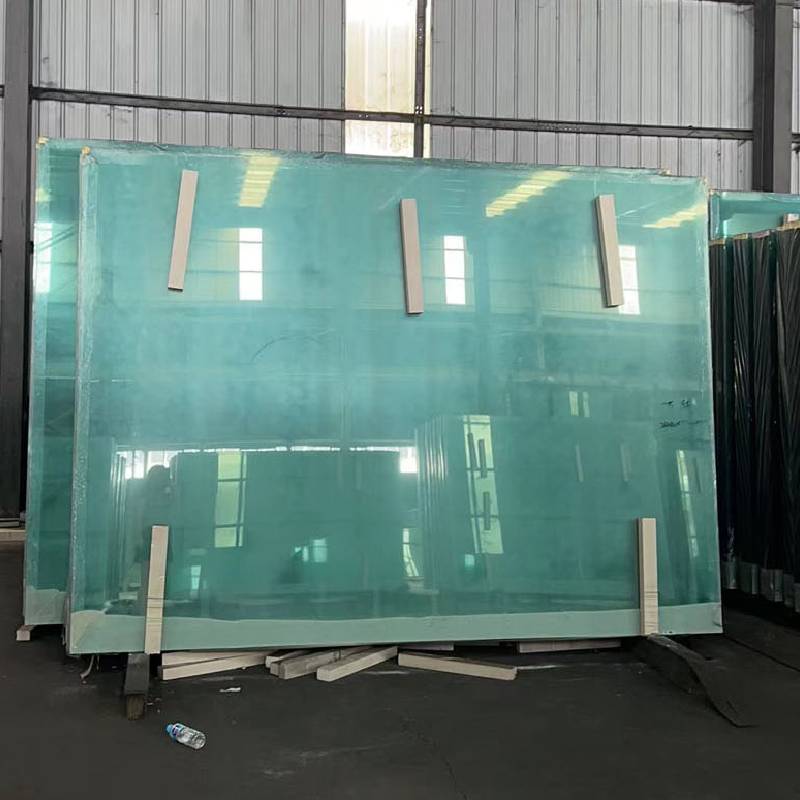The Flat Glass Process An Overview
Flat glass is an essential material in modern architecture, automotive manufacturing, and various industrial applications. The production of flat glass involves several intricate processes that transform raw materials into transparent sheets suitable for a multitude of uses. This article explores the key stages involved in the flat glass manufacturing process, emphasizing its significance and technological advancements.
Raw Materials Preparation
The first step in the flat glass process is the careful selection and preparation of raw materials. The primary ingredients include silica sand, soda ash, and limestone. Silica sand is the main source of silicon dioxide, which is crucial for glass formation. Soda ash acts as a flux, lowering the melting point of the silica, while limestone helps stabilize the glass structure. Other additives, such as coloring agents and fining agents, may be included to achieve desired properties.
Before melting, these raw materials must be thoroughly mixed and homogenized to ensure consistency. Any impurities can affect the quality of the final product, leading to defects and imperfections. Once prepared, the mixture is transported to the furnace for melting.
Melting and Forming
The melting of the raw materials occurs in a high-temperature furnace, typically fueled by natural gas or electricity. The furnace heats the mixture to around 1,700 degrees Celsius, at which point the materials fuse to form molten glass. This phase is critical because it determines the quality and viscosity of the final product.
Once the glass is molten, it is formed into flat sheets using one of several methods, the most common being the float glass process. In this method, molten glass is poured onto a bed of molten tin, where it spreads out and forms a flat surface. The tin, being denser than glass, allows for a smooth and uniform thickness, producing high-quality flat glass with excellent optical clarity. As the glass cools and solidifies, it moves through a controlled annealing lehr, where it undergoes slow cooling to relieve internal stresses.
flat glass process
Cutting and Finishing
After the annealing process, the cooled glass sheets are inspected for quality. Any defects are identified and marked for rejection or recycling. The sheets are then cut to the desired dimensions using precision cutting machines. Advanced technology allows for computer-controlled cutting, ensuring maximum efficiency and minimizing waste.
Once cut, the edges of the glass may be polished to enhance safety and aesthetic appeal. Additional finishing processes, such as coating and laminating, can be applied to enhance durability, UV protection, and thermal insulation properties. Various treatments, such as low-emissivity (Low-E) coatings, are increasingly popular for energy-efficient applications in buildings and vehicles.
Environmental Considerations
The flat glass industry is continually evolving, with a growing emphasis on sustainability and environmental stewardship. Manufacturers are investing in technologies to reduce emissions and energy consumption during the production process. Recycling of glass is also a significant focus, as it not only conserves raw materials but also reduces energy usage, as recycled glass melts at lower temperatures than virgin materials.
Conclusion
In summary, the flat glass manufacturing process is a complex interplay of raw material preparation, melting, forming, and finishing that yields a crucial product in various sectors. With ongoing advancements in technology and a commitment to environmental sustainability, the flat glass industry is poised to meet the growing demands of modern society while ensuring the efficient and responsible use of resources. The innovation and techniques employed in this process highlight the importance of flat glass in our everyday lives, from the windows in our homes to the sophisticated displays in our electronic devices.
 Afrikaans
Afrikaans  Albanian
Albanian  Amharic
Amharic  Arabic
Arabic  Armenian
Armenian  Azerbaijani
Azerbaijani  Basque
Basque  Belarusian
Belarusian  Bengali
Bengali  Bosnian
Bosnian  Bulgarian
Bulgarian  Catalan
Catalan  Cebuano
Cebuano  Corsican
Corsican  Croatian
Croatian  Czech
Czech  Danish
Danish  Dutch
Dutch  English
English  Esperanto
Esperanto  Estonian
Estonian  Finnish
Finnish  French
French  Frisian
Frisian  Galician
Galician  Georgian
Georgian  German
German  Greek
Greek  Gujarati
Gujarati  Haitian Creole
Haitian Creole  hausa
hausa  hawaiian
hawaiian  Hebrew
Hebrew  Hindi
Hindi  Miao
Miao  Hungarian
Hungarian  Icelandic
Icelandic  igbo
igbo  Indonesian
Indonesian  irish
irish  Italian
Italian  Japanese
Japanese  Javanese
Javanese  Kannada
Kannada  kazakh
kazakh  Khmer
Khmer  Rwandese
Rwandese  Korean
Korean  Kurdish
Kurdish  Kyrgyz
Kyrgyz  Lao
Lao  Latin
Latin  Latvian
Latvian  Lithuanian
Lithuanian  Luxembourgish
Luxembourgish  Macedonian
Macedonian  Malgashi
Malgashi  Malay
Malay  Malayalam
Malayalam  Maltese
Maltese  Maori
Maori  Marathi
Marathi  Mongolian
Mongolian  Myanmar
Myanmar  Nepali
Nepali  Norwegian
Norwegian  Norwegian
Norwegian  Occitan
Occitan  Pashto
Pashto  Persian
Persian  Polish
Polish  Portuguese
Portuguese  Punjabi
Punjabi  Romanian
Romanian  Russian
Russian  Samoan
Samoan  Scottish Gaelic
Scottish Gaelic  Serbian
Serbian  Sesotho
Sesotho  Shona
Shona  Sindhi
Sindhi  Sinhala
Sinhala  Slovak
Slovak  Slovenian
Slovenian  Somali
Somali  Spanish
Spanish  Sundanese
Sundanese  Swahili
Swahili  Swedish
Swedish  Tagalog
Tagalog  Tajik
Tajik  Tamil
Tamil  Tatar
Tatar  Telugu
Telugu  Thai
Thai  Turkish
Turkish  Turkmen
Turkmen  Ukrainian
Ukrainian  Urdu
Urdu  Uighur
Uighur  Uzbek
Uzbek  Vietnamese
Vietnamese  Welsh
Welsh  Bantu
Bantu  Yiddish
Yiddish  Yoruba
Yoruba  Zulu
Zulu 

